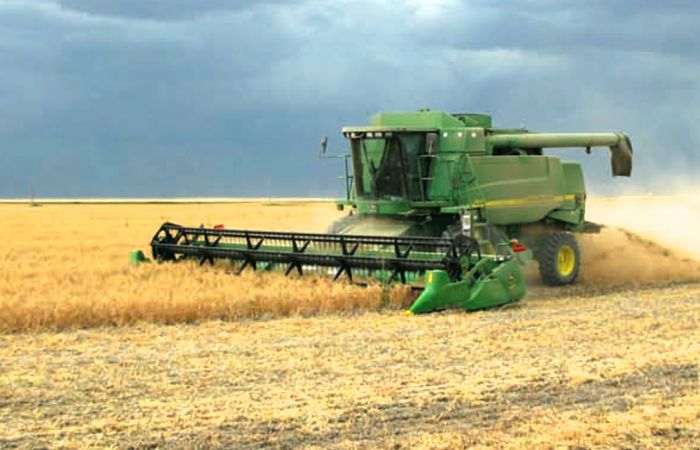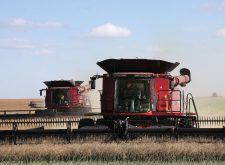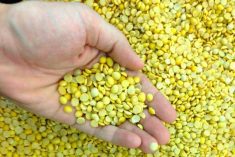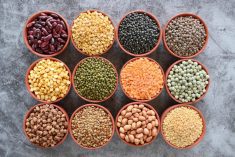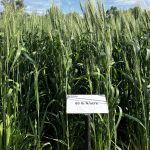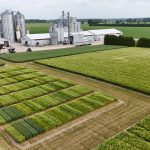Glacier FarmMedia — Combining in Saskatchewan is in the home stretch as the province’s agriculture department reported it at 84 per cent complete. Although the harvest advanced 16 points during the week ended Sept. 29, it was eight points behind the five-year average.
The good progress was made largely due to a lack of rain across much of the province. At 13 millimetres, the Meadow Lake area received the greatest amount during the week.
The southwest was furthest along at 87 per cent done, with the west-central and northwest at 86 per cent, the southeast at 84 per cent, the northeast at 83 per cent and the east-central at 80 per cent.
Read Also

U.S. grains: CBOT soybeans, corn, wheat fall in USDA data aftermath
Chicago grains took a dive on Friday, following a closely watched U.S. government crop report and the release of export data that could provide clues into Chinese buying.
Harvesting progress by crop
The estimates by crop were reported to be:
• Pulses: field peas 99 per cent finished, lentils 98 per cent, chickpeas 56 per cent.
• Spring cereals: barley 94 per cent completed, wheat 92 per cent, durum 91 per cent, oats 87 per cent, canaryseed 61 per cent.
• Oilseeds: mustard 79 per cent done, canola 71 per cent, flax 45 per cent, soybeans 42 per cent.
• Winter wheat and fall rye were previously finished and triticale has wrapped up.
Moisture conditions
With the lack of rain, moisture conditions fell across Saskatchewan:
• Cropland topsoil: one per cent surplus, 49 per cent adequate, 38 per cent short and 12 per cent very short.
• Hayland topsoil: one per cent surplus, 43 per cent adequate, 40 per cent short, and 16 per cent very short.
• Pasture topsoil: one per cent surplus, 34 per cent adequate, 39 per cent short and 26 per cent very short.
As well, three per cent of livestock producers said there are severe/widespread water shortages, 31 per cent reported moderate shortages, 16 per cent cited they’re anticipating shortages and 50 per cent said they didn’t have any shortages.
Damages, fires
The report noted crop damages were caused by high winds, with some swaths blown away. Further damages were the result of wildlife and waterfowl.
Following a number of combine fires, the ag department stressed the need for farmers to blow off their combines and take precautions near powerlines.

